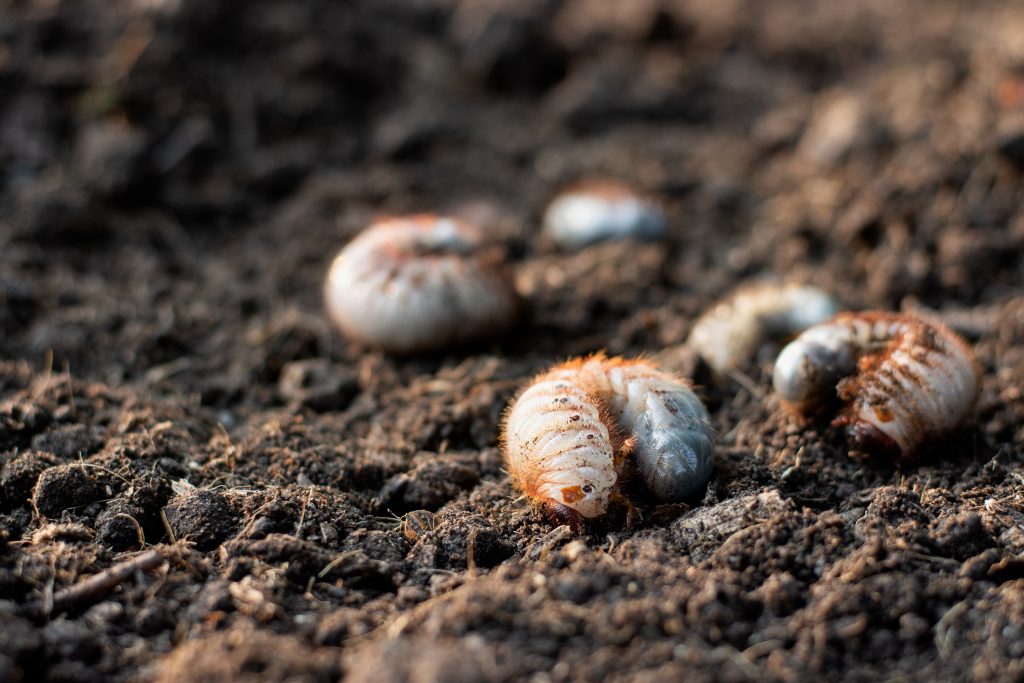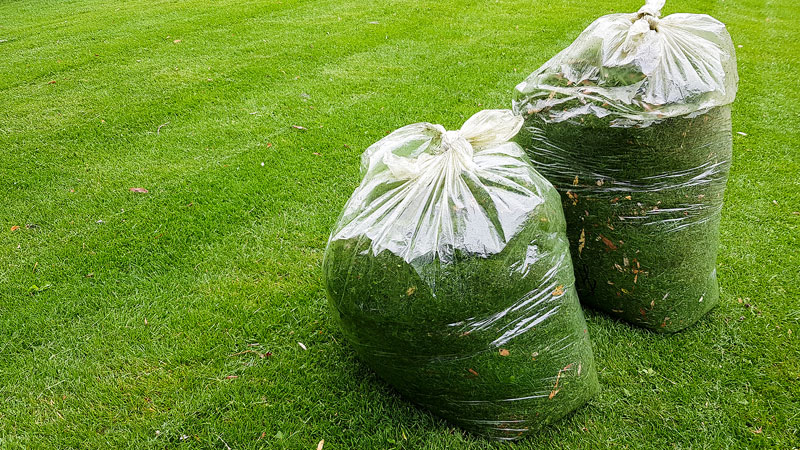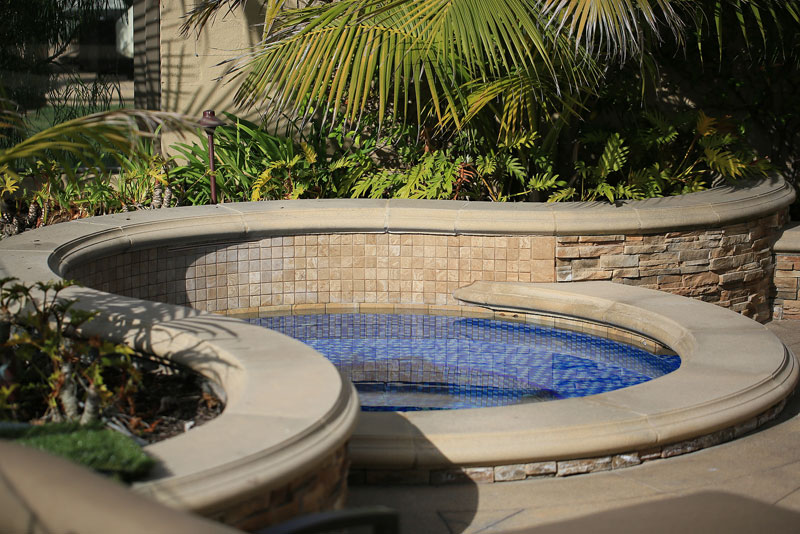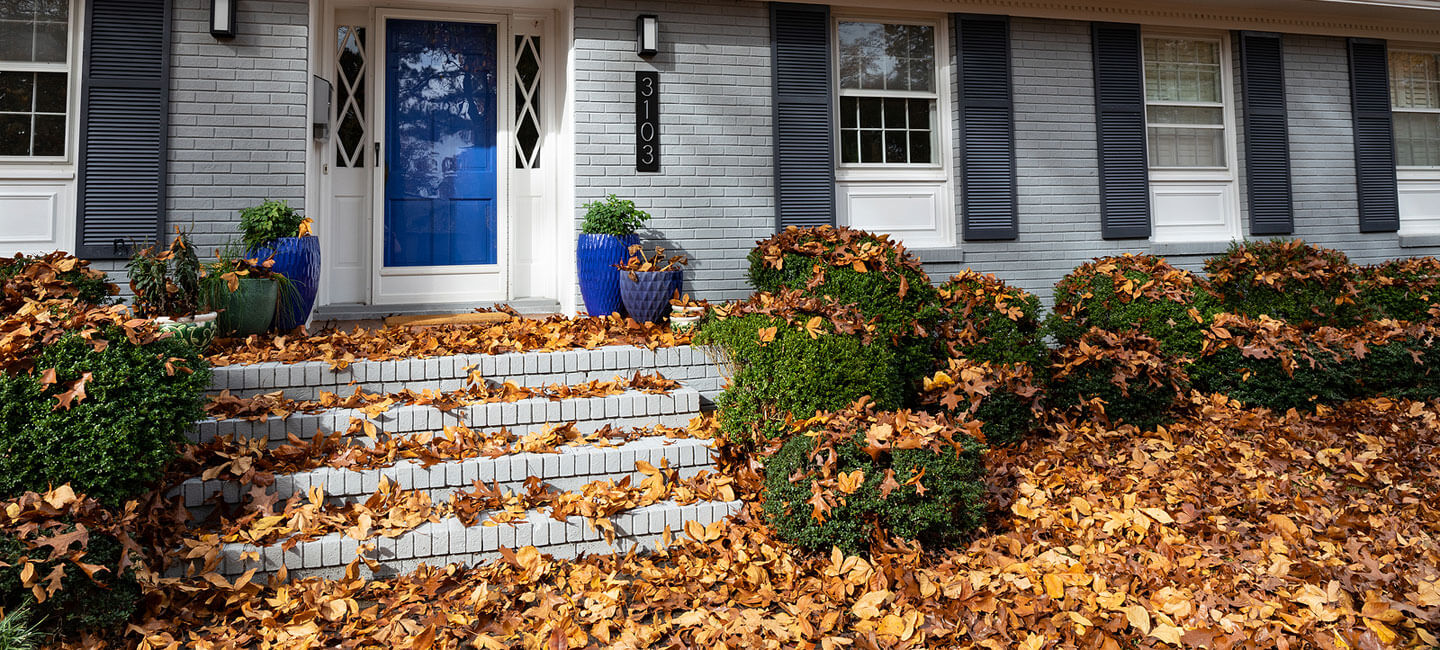Know if they are Eating your Grass

Here are the measures to consider.
1. Check the date.
Grass in summer, due to heat and drought, usually becomes brown. In late or after summer, your grass is supposed to be recovering and looking livelier again. If you see some parts of your lawn not recovering and continuing to get brown, grubs might be hiding below your turf.
2. Lookout.
Make sure to see through your garden first before concluding anything. The following are what you should check out for.
- Irregular brown patches. Your lawn could turn into brown due to insufficient soil nutrients. But check out if the browning of your lawn is in patches or uneven brown spots. You can have green and brown grass at the same time.
- Dig up the soil. Check out if your soil or lawn has been dug up. You might think that grubs are only predators in your garden, but they are also prey. Grubs in garden soil also attract insect-eating predators such as moles, skunks, raccoons, and possums. These predators prefer insects or pests like grubs rather than your grass.
Grub-eating animals dig up and roam below your soil. Moles and skunks create tunnels visible above the ground that looks like little hills. Moles could also dig 40 inches below the surface. Beware because the holes and tunnels could attract other rodents to your lawn.
Beetles/Billbugs/Cranberry girdler
If you see them roaming around the lawn, grubs are about to or might already be underneath your grass. Grubs do not stay as white and curvy larvae forever. The adult stage of the grubs could be beetles or billbugs. They are the ones who laid eggs, which turns into the white grubs in your garden.
3. Tug up your grass.
Try tugging up your grass. Without the root system, your grass will effortlessly be pulled up like a carpet. If you quickly pulled up the grass, that suggests you have grubs eating the roots. If the grass is intact but looks wilted, it might suggest other problems like fungus.
Tugging up your grass is an opportunity to check out for grubs below. Look at the exposed soil or below your pulled-up turf.
4. Dig up.
Inspect thoroughly by digging up some portions where the grass looks wilted and detached from the soil. Grubs in the garden can go inches deeper below your soil. They stay below for 1-3 years, depending on their species. To dig up a few spots on your lawn, you can use a shovel.
5. Inquire for professional help.
It is safer to ask for professional help for efficient action and to prevent incorrect solutions. They can also offer grub prevention techniques or tips and immediate treatment for your lawn.
If you have brown spots or wilting grass but haven’t seen grub damages, other problems could be
- Inappropriate watering. Your grass will have a pigment of bluish grey and turn into brown if the problem is due to lack of water. Overwatering could be the cause of yellow spots.
- Fungus. Brown or yellowish spots in the grass could also be a fungi problem.
If your grass is healthy and you want to avoid grubs in your garden, you can prevent grub damage using the natural way or insect control formulas.
Natural Way to Control Grubs
Entomopathogenic Nematodes are threadworms that kill soil pests. It goes inside the host’s body and releases symbiotic bacteria that will kill it within 1 to 2 days. These beneficial nematodes are the best option to prevent and remove those grubs.
Formulas that contain Chlorantraniliprole are used to prevent grubs and other pests in your lawn. It is essential to choose an insecticide that doesn’t affect earthworms or beneficial organisms in your soil.
If you already have grubs in your garden, do not rip up all your grass. Ripping all your grass will be another resodding session. You can apply milky spore, neem oil, beneficial nematodes, or use insecticides. Know how to apply those, water it again, and let the grass return back.
Observe your lawn and take care of it immediately. Having a pest-free lawn will give you healthy and fine-looking grass.
My Landscapers has been installing sod grass and providing Lawn care services for over 15+ years throughout Toronto, Markham, Vaughan & Richmond Hill. Our professionals only use organic fertilizers and solutions to help your lawn look lush, healthy & green. Request your FREE, no-obligation, detailed estimate today, and one of our landscaping experts will contact you. Prefer to speak over the phone? Give us a call or use our NEW live chat feature to connect directly.



